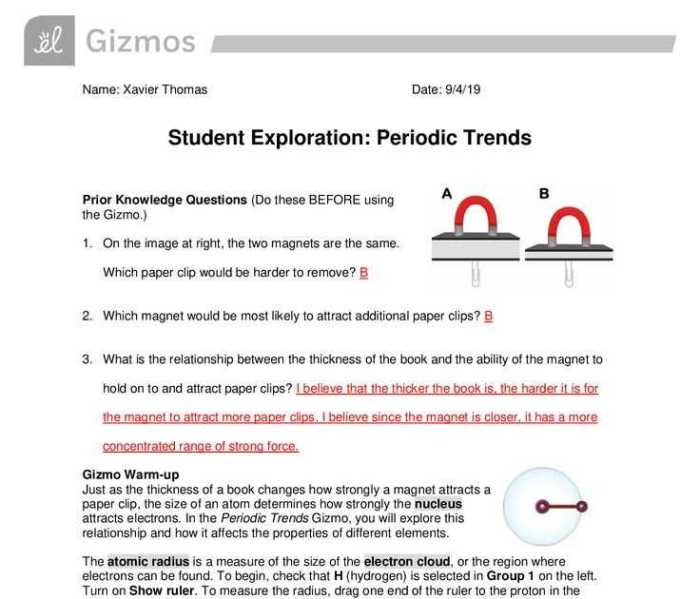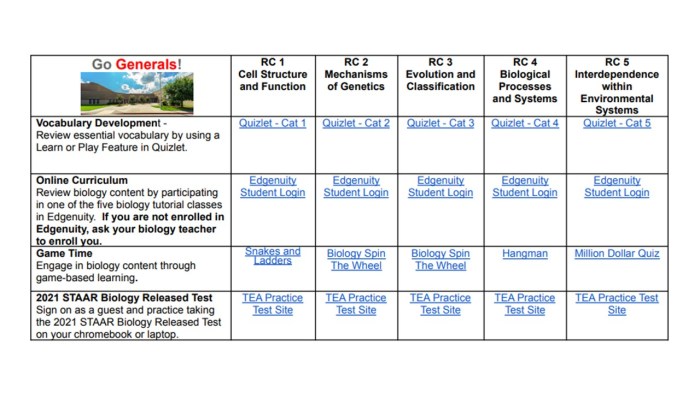Delve into the realm of sound waves with the Gizmo Longitudinal Waves answer key, a comprehensive guide that unravels the complexities of longitudinal waves, their properties, and their diverse applications in our world.
From the fundamental concepts of longitudinal waves to the practical implications in fields like medicine and technology, this exploration promises to illuminate the fascinating world of sound and its impact on our lives.
1. Gizmo Longitudinal Waves: Gizmo Longitudinal Waves Answer Key

Longitudinal waves are mechanical waves that involve the back-and-forth movement of particles parallel to the direction of wave propagation. They are characterized by alternating regions of compression and rarefaction, where the medium is alternately compressed and expanded.
Examples of longitudinal waves include sound waves, which propagate through air, water, and other media; and seismic waves, which travel through the Earth’s crust and mantle.
Longitudinal waves have several key properties, including frequency, wavelength, and amplitude. Frequency refers to the number of wave cycles that pass a given point per unit time, and is measured in hertz (Hz). Wavelength refers to the distance between two consecutive crests or troughs of the wave, and is measured in meters (m).
Amplitude refers to the maximum displacement of the medium from its equilibrium position, and is measured in meters (m).
2. Gizmo Simulation
Longitudinal Waves
The Gizmo simulation for longitudinal waves is an interactive tool that allows students to explore the properties of longitudinal waves and how they propagate through different media.
The simulation features a variety of controls that allow users to adjust the frequency, wavelength, and amplitude of the wave, as well as the medium through which the wave is propagating. Users can also observe the wave’s velocity, energy, and power.
To conduct an experiment using the Gizmo simulation, users can follow these steps:
- Select the medium through which the wave will propagate.
- Adjust the frequency, wavelength, and amplitude of the wave.
- Click the “Play” button to start the simulation.
- Observe the wave’s velocity, energy, and power.
- Repeat steps 2-4 to investigate the effects of changing different parameters.
3. Data Analysis and Interpretation
The data collected from the Gizmo simulation can be used to investigate the relationship between the frequency, wavelength, and amplitude of longitudinal waves.
To organize and present the data, a table can be created with columns for frequency, wavelength, and amplitude. The data can then be plotted on a graph to visualize the relationship between these parameters.
By analyzing the data, users can identify patterns and draw conclusions about longitudinal waves. For example, they can determine how the velocity of a wave changes with its frequency, wavelength, or amplitude.
4. Applications of Longitudinal Waves

Longitudinal waves have a wide range of practical applications in various fields.
- Ultrasound:Longitudinal waves are used in ultrasound imaging to produce images of the inside of the body. Ultrasound waves are reflected by different tissues in the body, and the reflected waves can be used to create an image of the internal structures.
- Sonar:Longitudinal waves are used in sonar to detect objects underwater. Sonar waves are emitted from a transducer and reflected by objects in the water. The reflected waves can be used to determine the location and size of the objects.
- Medical imaging:Longitudinal waves are used in a variety of medical imaging techniques, including MRI and CT scans. MRI uses magnetic fields and radio waves to produce images of the inside of the body, while CT scans use X-rays and longitudinal waves to produce images of the body’s internal structures.
FAQ Section
What are longitudinal waves?
Longitudinal waves are a type of mechanical wave in which the particles of the medium vibrate parallel to the direction of wave propagation.
What are some examples of longitudinal waves?
Sound waves, ultrasound waves, and seismic waves are all examples of longitudinal waves.
What are the properties of longitudinal waves?
The properties of longitudinal waves include frequency, wavelength, and amplitude.
What are some applications of longitudinal waves?
Longitudinal waves are used in a variety of applications, including ultrasound imaging, sonar, and medical diagnostics.
